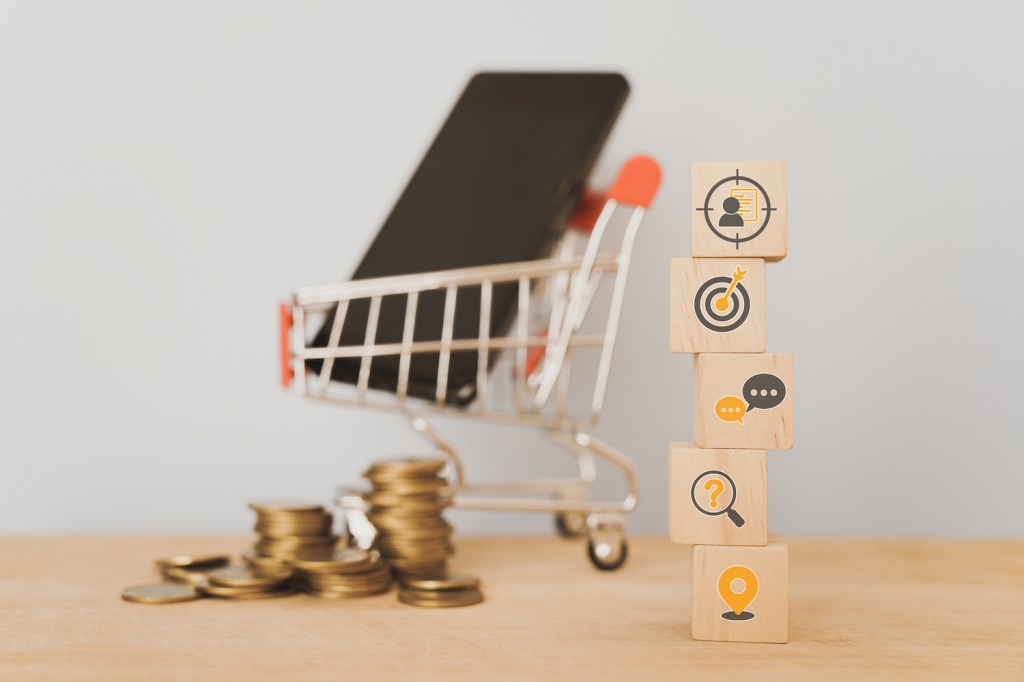Ab Gaur
In many ways, this year will come to be remembered as the one when artificial intelligence (AI) and machine learning (ML) finally broke through the hype, delivering consumer-focused products that amazed millions of people. Generative AI, including DALL·E and ChatGPT, manifested what many people already knew: AI and ML will transform the way we connect and communicate, especially online.
This has profound repercussions, especially for startup companies looking to quickly find how to optimize and enhance customer engagement following a global pandemic that changed how consumers purchase products.
As startups navigate a uniquely disruptive season that also includes inflationary pressures, shifting economic uncertainty, and other factors, they will need to innovate to remain competitive. AI and ML may finally be capable of making that a reality.
Hyper-personalization is at the forefront of these efforts. A McKinsey & Company analysis found that 71 percent of consumers expect brands to provide personalized experiences, and three-quarters are frustrated when they don’t deliver. Currently, for example, only about half of retailers say they have the digital tools to provide a compelling customer experience.
As the industry moves ahead, consumer-facing innovators can better emphasize personalized experiences and connections by integrating AI and ML tools to engage their customers at scale.
The data that matters most
Hyper-personalization is predicated on customer data, a ubiquitous resource in today’s digital-first environment. While excessive or unhelpful customer data can clog content pipelines, the right information can power hyper-personalization at scale. This includes providing critical insights into:
- Purchase behavior. When brands understand buyers’ purchase behaviors, they can provide iterative content that builds upon previous interactions to drive sales.
- Buyer intent. While buyer intent only loosely correlates with purchase patterns, this metric can provide context to customer trends and expectations.
- Survey data. This first-party data measures customer sentiment, product impact, and service efficacy, giving companies an inside look at their impact and opportunities.
- Digital channel engagement. While social media metrics can mislead companies, other digital channel metrics, like time spent, resource downloads, and visit frequency can inform content direction.
Critically, this first-party data couldn’t previously be collected, aggregated, and applied to the customer experience, but AI and ML breakthroughs are finally making that possible.
How AI and ML make a difference
AI and ML can be used to analyze customer data and make predictions about what they may want next from the brand experience. By feeding large amounts of data into an ML model, companies can train it to recognize patterns and relationships within the data that may not be immediately apparent to humans. The model then uses these patterns to make predictions about future customer behavior.
Entrepreneurial brands can use these predictions to create targeted marketing campaigns, personalized product recommendations, or tailored in-store experiences that are more likely to resonate with the customer.
Moreover, AI and ML technologies can build a customer profile and a single view of the customer to be personalized accordingly with AI-generated content in real time.
For example, a prominent oral care brand is using AI algorithms to recommend toothbrush types and other related products based on toothpaste preferences, expanding their reach into households based on how family members consume toothpaste.
Similarly, high-volume B2C companies with upselling and cross-selling opportunities for more complex products, like financial institutions, are leveraging massive customer data sets to reach new customers at scale.
Best practices for AI and ML moving forward
As technology continues to advance, businesses are increasingly turning to these tools to gain valuable insights into customer behavior and preferences. However, it is important to approach the implementation of AI and ML with a strategic mindset and a clear understanding of their capabilities. Best practices include:
- Maintain data integrity. AI algorithms can be inaccurate, so companies using this technology must be vigilant about maintaining data integrity. Companies must test and monitor output with human oversight. This extends to generative AI technologies, which can automate some processes but have produced enough false and misleading information to necessitate every brand to carefully review content before it reaches their customers.
- Refine processes. AI and ML technologies are optimized as tools to reduce human capital. Brands will need to test and learn, automating low-risk, low-value tasks and leveraging technology to identify patterns that can accelerate action for the customer experience.
- Optimize outputs. Leverage AI and ML solutions to create a live, dynamic experience that senses and responds to customer engagement to craft and disseminate new, real-time interactions.
- Consider intellectual property rights, ethics, and legal considerations. The legal and ethical implications of AI and platforms like ChatGPT are beyond the scope of what is discussed here, but it’s critical to stay attuned to the rapid pace of innovation and evolving best practices.
As founders navigate an unpredictable market and consumers demand more personalized experiences, AI and ML will increasingly become essential tools for innovation. By leveraging data on purchase behavior, buyer intent, survey responses, and digital engagement, businesses can gain a comprehensive understanding of their customers and use AI and ML to predict their needs and preferences.
That’s why it’s crucial for companies to prioritize hyper-personalization and stay ahead of the competition by embracing these technologies and following best practices for their implementation. By doing so, startups will be able to innovate at the pace of the customer and deliver the tailored experiences that consumers expect at light years ahead of the speed available before.































Comment